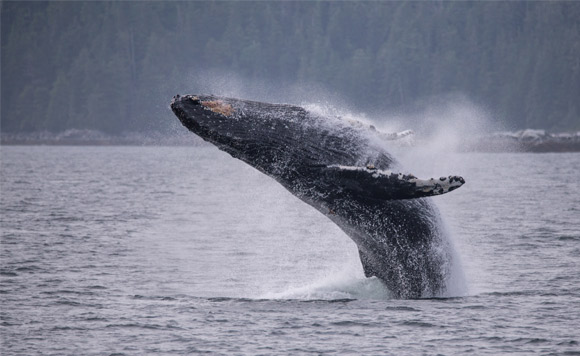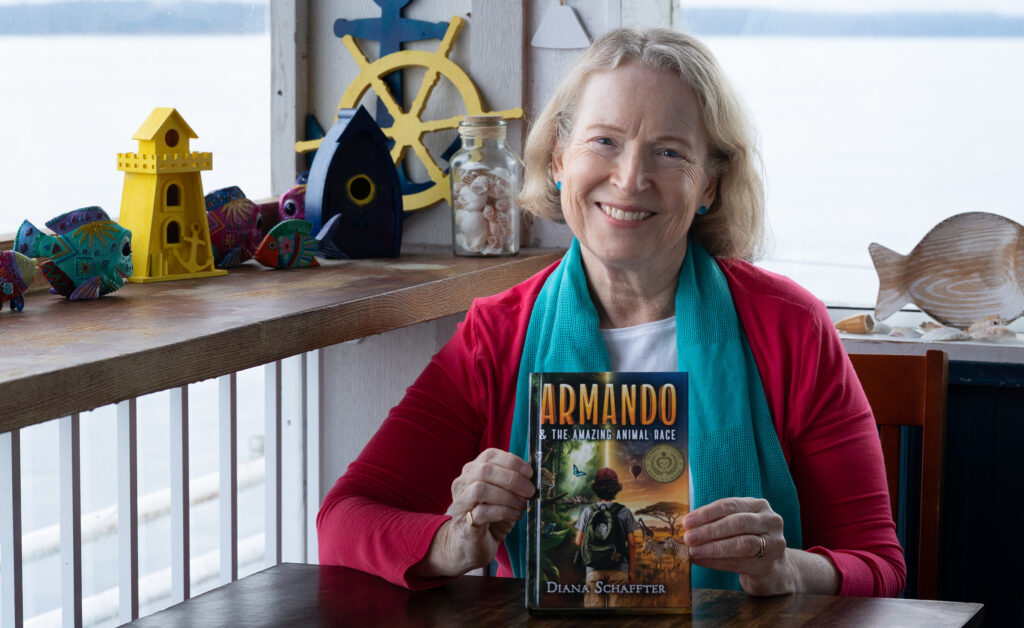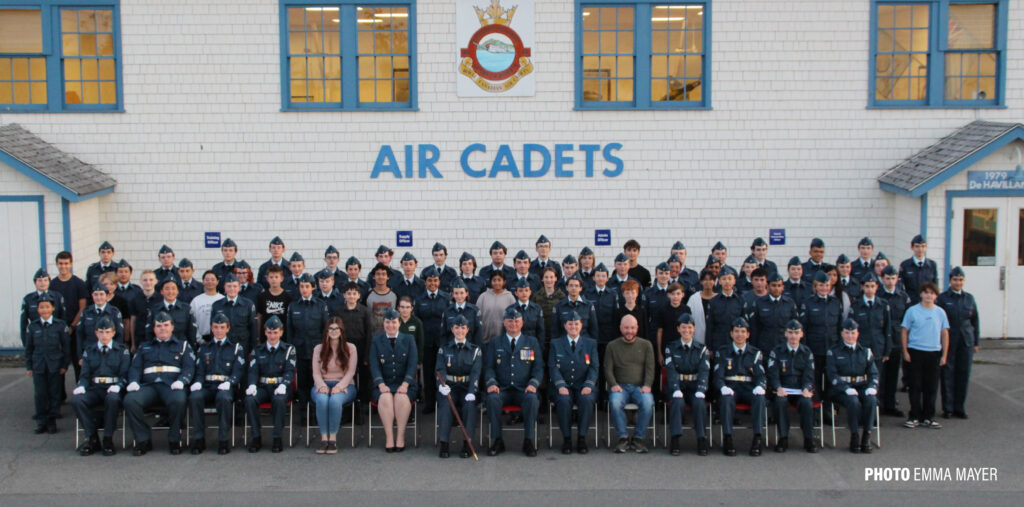by Tina Kelly, Shaw Centre for the Salish Sea –
Thar she blows! Perched on a Norfolk Island cliff edge, we spotted a humpback whale. To my right was Merv, a lifelong resident of this small South Pacific island and our volunteer assistant for the afternoon. Our task at hand was to scan the sea, locate, and count humpback whales. A considerably different mission for Merv – in the 1950s, his job was to hunt them. At the end of the whaling era on Norfolk Island, the number of migrating humpback whales was drastically reduced. Upon the cliff in 2008, we monitored their returning population.
11,000 kilometres northeast of Norfolk Island, here on the coast of British Columbia, a humpback comeback is also in motion. Much like in the South Pacific, whaling was an extensive industry in the Pacific Northwest. In the early 1900s, whaling stations flourished in the small B.C. communities of Sechart, Kyuquot, Rose Harbour and Naden Harbour.
Humpback whales were one of several whale species feeding a lucrative blubber industry; the blubber was rendered down into much-needed oil. The slower speed and preference for coastal habitats of humpbacks made them easy targets and their population was significantly depleted by the 1950s. The last B.C. whaling station closed in 1967 and the International Whaling Commission banned whaling in 1985.
In 2001, one humpback whale sighting during the eco-cruising season was an incredible surprise. Last fall, in the span of four hours, the number of humpbacks I witnessed tallied in the double digits. Although considered a migratory species, some individuals find a great spot with plenty of food and opt not to travel the complete route. The Salish Sea has some great places and some tasty food.
The North Pacific population of humpback whales has been down-listed from “Threatened” to “Species of Special Concern.” Their numbers, however, are not back to pre-whaling estimates. Humpback whale gestation is 11 months and they only reproduce every two to four years.
Humpback whales still face challenges. Instead of whalers, these whales are now at risk because of oil spills, ship strikes and entanglement in fishing gear. Boaters are encouraged to be on alert to avoid a collision. Slow-moving humpbacks surface unexpectedly and can be hard to avoid while travelling fast. The “See a Blow, Go Slow” campaign highlights boater behaviour changes for the safety of both them and the whales. More information can be found at www.mersociety.org. If you spot an entangled whale, call the Incident Reporting Hotline at 1-800-465-4336.
In the last 50 years we have changed our outlook on whaling, our beliefs and our behaviour. We’ve grown to know, admire and appreciate whales, more alive than dead. Like Merv, the former whaler, we now focus our efforts on their protection.
The Shaw Centre for the Salish Sea features a collection of whale skulls, bones, and artifacts on display. Open daily at 10 a.m.
Photo courtesy Jeff Reynolds Photography.




